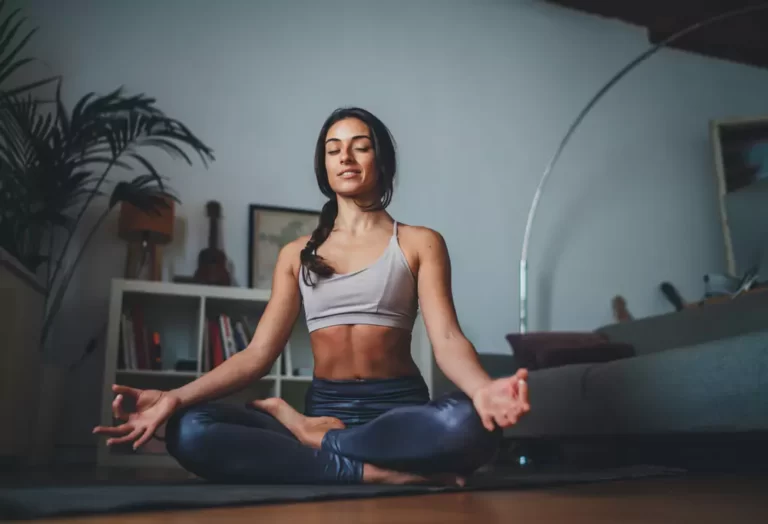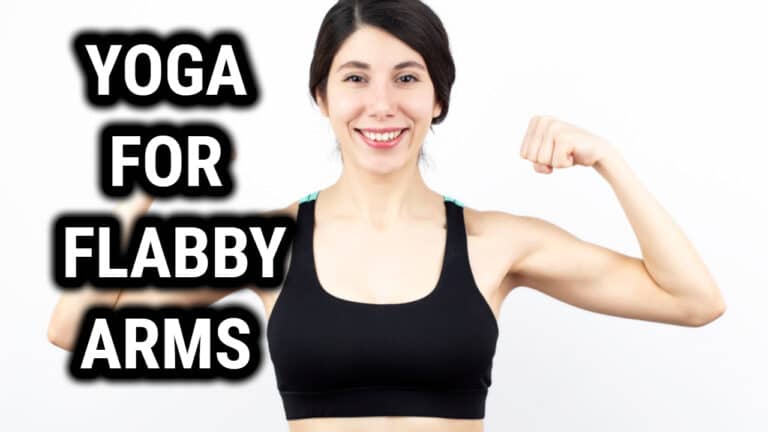Is Yoga More Effective Than Weight Training for Fitness?

Yoga and weight training are two popular forms of exercise that are often pitted against each other. While both forms of exercise have their benefits, many people wonder which one is better for overall fitness. Some believe that yoga is the superior choice due to its focus on flexibility, balance, and mindfulness. Others argue that weight training is more effective in building muscle and improving overall strength.
So, is yoga better for fitness than weight training? The answer is not a simple one. It depends on your fitness goals and personal preferences. Yoga can help improve flexibility, balance, and mental clarity, while weight training is more effective in building muscle mass and improving overall strength. Both forms of exercise are beneficial and can be incorporated into a well-rounded fitness routine.
In this article, we will explore the benefits of both yoga and weight training and compare the two forms of exercise. We will examine the different ways in which they impact the body and discuss which one may be better suited for certain fitness goals. Whether you are a seasoned yogi or a weightlifting enthusiast, this article will provide valuable insights into the benefits of each form of exercise and help you decide which one is better for your fitness journey.
Benefits of Yoga
Yoga is a form of exercise that has been around for centuries, and for good reason. It offers a wide range of benefits for both the mind and body. Here are a few reasons why yoga may be a better choice for fitness than weight training:
- Improves flexibility: Yoga involves a lot of stretching, which can help improve flexibility and range of motion.
- Reduces stress: Yoga incorporates breathing techniques and meditation, which can help reduce stress and anxiety.
- Strengthens muscles: While yoga may not build muscle mass like weight training, it can still help strengthen and tone muscles.
- Improves balance and posture: Many yoga poses require balance, which can help improve balance and posture over time.
- Increases mindfulness: Yoga encourages mindfulness and being present in the moment, which can have a positive impact on mental health.
Overall, yoga offers a unique set of benefits that can complement weight training or other forms of exercise. It may not be the best choice for everyone, but it’s worth considering for those looking to improve flexibility, reduce stress, and increase mindfulness.
Benefits of Weight Training
Weight training is a form of exercise that involves lifting weights or using resistance machines to build strength and muscle mass. While yoga is great for flexibility and relaxation, weight training has its own set of benefits that make it an essential part of any fitness routine.
Here are some of the benefits of weight training:
- Increased muscle mass: Weight training is one of the most effective ways to build muscle mass. This is because it places stress on your muscles, which causes them to break down and rebuild stronger than before.
- Improved metabolism: Weight training can increase your metabolism, which means you burn more calories even when you’re not exercising. This can help with weight loss and weight management.
- Better bone health: Weight training can improve bone density, which reduces the risk of fractures and osteoporosis.
- Reduced risk of injury: Weight training can help strengthen the muscles around your joints, which can reduce the risk of injury during other activities.
- Improved posture: Weight training can help improve your posture by strengthening the muscles in your back and shoulders.
It’s important to note that weight training should be done safely and with proper form to avoid injury. It’s also important to gradually increase the weight and intensity of your workouts to continue seeing results.
Also Read: Can One Do Yoga After Lifting Weights
Comparison of Yoga and Weight Training
Yoga and weight training are two popular forms of exercise that can help improve your overall health and fitness. While both have their benefits, they differ in terms of their approach, intensity, and focus. Here are some key differences between the two:
| Yoga | Weight Training |
|---|---|
| Focuses on flexibility, balance, and mindfulness | Focuses on building muscle mass and strength |
| Uses bodyweight exercises and poses to build strength and endurance | Uses weights, resistance bands, and machines to build strength and muscle mass |
| Can be done anywhere, with little to no equipment | Requires access to weights, machines, or resistance bands |
| Can be low to moderate intensity, depending on the style and level | Can be high intensity, with heavy weights and short rest periods |
| Can help improve flexibility, posture, and reduce stress | Can help increase muscle mass, bone density, and prevent injury |
While both yoga and weight training have their advantages, which one is better for you will depend on your fitness goals, preferences, and physical condition. For example, if you want to improve your flexibility and reduce stress, yoga may be a better choice. On the other hand, if you want to build muscle mass and increase your strength, weight training may be more effective.
It’s also worth noting that you don’t have to choose between the two. Many fitness experts recommend combining yoga and weight training to get the best of both worlds. For example, you could do yoga on your rest days to improve your flexibility and reduce stress, while weight training on other days to build muscle mass and strength.
Ultimately, the key to achieving your fitness goals is to find a workout routine that you enjoy and can stick to long-term. Whether you choose yoga, weight training, or a combination of both, consistency is key to seeing results.
Overall Recommendations
When considering yoga versus weight training for fitness, there are some important points to consider. While both exercise modalities can be beneficial for health and fitness goals, it is important to consider the individual’s preferences as well as their potential risks and benefits when selecting an exercise program.
Below is a list of recommendations for both yoga and weight training:
- Consider your fitness goals: If you are looking to improve muscular strength or increase muscle size, then weight training may be more suitable than yoga. On the other hand, if you want to practice mindfulness or improve flexibility, then yoga could be more effective.
- Take into account any risks: It is important to assess injuries and medical conditions that may limit which type of exercises you should do. For instance, people with joint problems may need to focus on low-impact exercises such as yoga rather than high-impact exercises such as weight training.
- Listen to your body: Everyone’s body responds differently to different types of exercises, so it is important to listen closely to how your body feels during each activity and adjust accordingly.
- Variety is key: Mixing up your routine can help keep you motivated and increase the likelihood of reaching your fitness goals successfully. You may even find that combining both yoga and weight training helps you reach your desired results faster by targeting different muscles groups in different ways.
Given these considerations, it is clear that both yoga and weight training can be beneficial for overall fitness, it simply depends on what your fitness goals are and which activities suit you best in terms of safety and enjoyment!
Related Read: Standing Yoga Poses: Improve Balance and Flexibility with These Simple Moves
Conclusion
In conclusion, when it comes to fitness, both yoga and weight training have their own advantages and disadvantages. Yoga can be a great form of exercise for those looking for a more meditative approach to physical activity. On the other hand, weight training offers an effective way to build muscle strength and power. Depending on your individual goals, one may be better suited than the other.
When deciding which is better for you, it’s important to consider potential risks associated with each modality. For example, improper technique or over-exertion could lead to injury in either yoga or weight training. To ensure safety, it’s recommended that you seek guidance from a certified instructor or personal trainer when beginning either type of exercise program.
At the end of the day, the best form of exercise for you is one that fits your lifestyle and personal preferences. As long as you’re consistent with your workouts and maintain proper form, you can reap the benefits of both yoga and weight training – no matter what your fitness goals are. So don’t sweat it – just do what works best for you!






